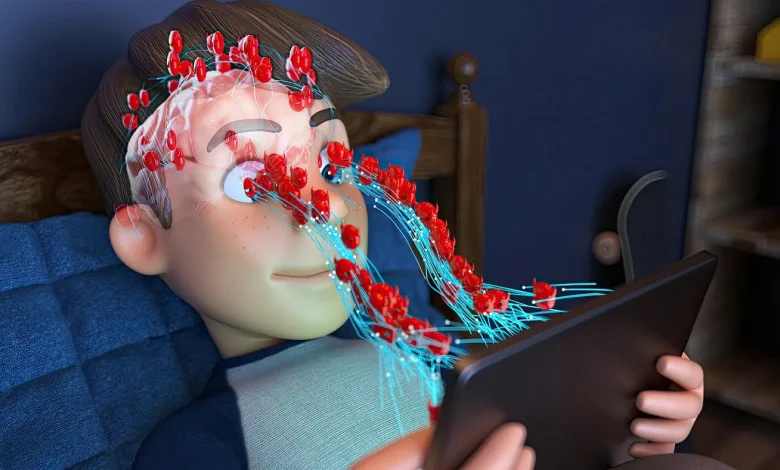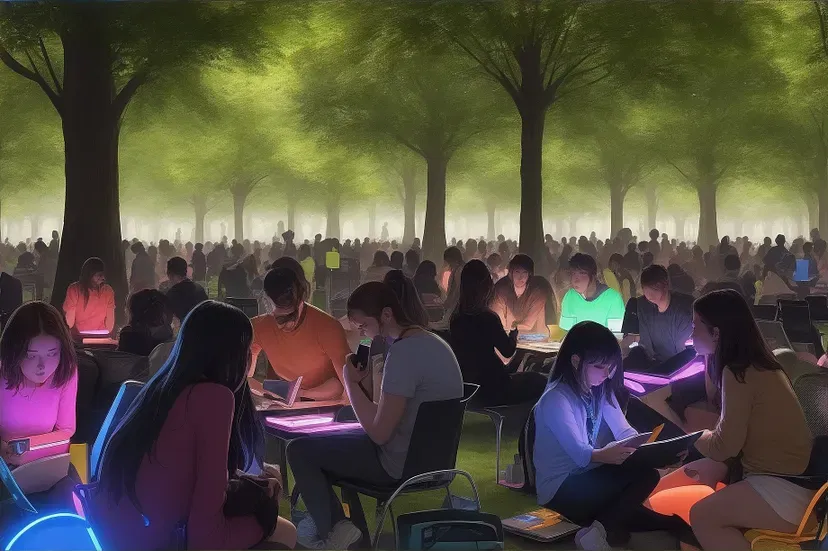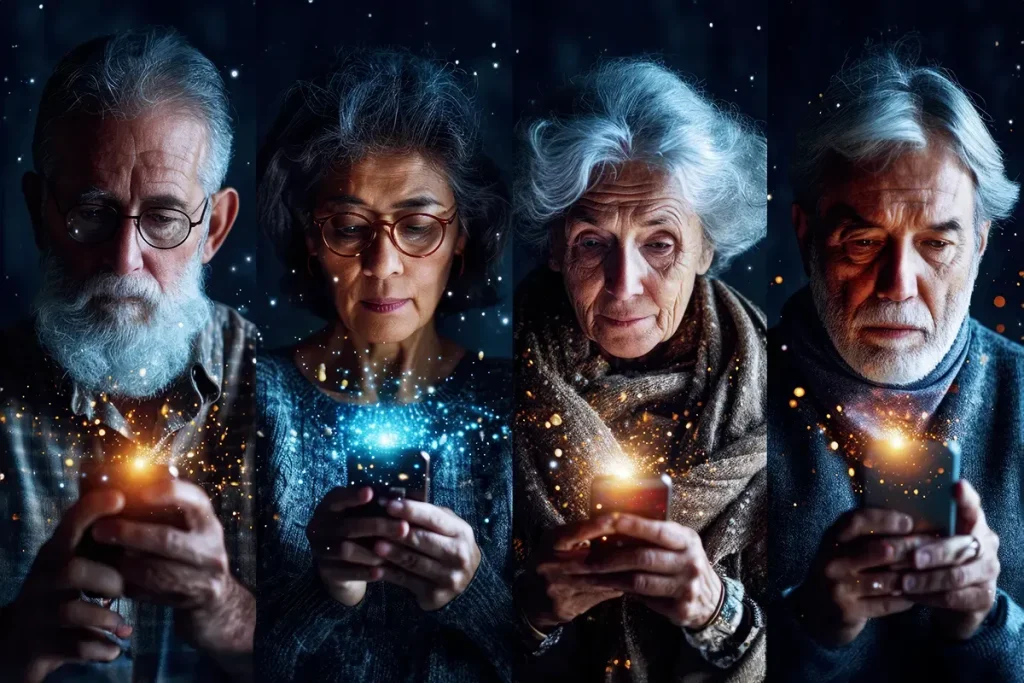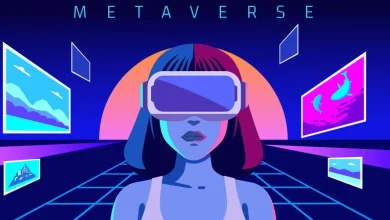
Can Technology Cure Loneliness in a Hyper-Connected World?
Increased connectivity hasn’t erased digital loneliness. Can tech really fill the void—or is it making us feel more disconnected than ever?
In an ironic twist, in a time when people are more connected than ever before, a good number of people are feeling more like islands unto themselves. This is a paradox, which is in many cases referred to as digital loneliness that stems from a conflictual relationship between online interactions and real life emotional requirements. Social apps, messengers, and online communities are plenty in number, but there is a problem.
As our lives go online, the face-face relationships get substituted by screens. Tech might provide convenience, but it is unable to mimic the warmth of human connections. Rather than relieving isolation, digital loneliness is creeping gently through each notification and ghost group chat.
Social Media: Bridge or Barrier?
Social media brings the hope of being connected to us, but it most often presents us with a peeled off version of the reality. To see highlight reels on the scroll can make one feel that they lead a perfect life, and this makes those who experience that much more unworthy and alone. Incidentally, the platforms that are put in place to unite us are rather driving us apart.
The increase in digital loneliness on these platforms is especially steep among younger users. Teens and young adults who are online for hours report having high social deconnection levels. Algorithms present us with the things we want and not the things we need – strengthening echo chambers instead of valuable ties.

The Limits of Virtual Relationships
Introduction of video calls, voice notes, and AI powered chatbots have revolutionized communication. But when it comes to actual emotional support, these digital solutions tend to fail. The non-verbal cues (body language, eye contact even silence) are hard to transfer to the world of Internet.
Numerous authorities believe that excessive forms of digital dependence might lower the possibility to establish deep face-to-face bonds. This is where digital loneliness kicks in where substituting constant messages with actual interaction. It leaves an indefectible belief that one is surrounded and lonely.

Can Technology Help Reverse the Trend?
Luckily, there are not all techs that lead to disconnection. Some inventions are focused at combating digital loneliness directly. Mental health apps now provide guided journaling, mood tracking as well as on demand therapy. AI companions are also being tested in order to provide conversational assistance, particularly for the aged and lonely persons.
After all, these tools are auxiliaries – not replacements – to humans. The fact is intentional use. If we balance our digital interaction with real-life interaction, technology can help alleviate the digital loneliness instead of worsen it.
We live in this hyper-connected age, not the challenge is not a technology but its lack of mindful use. Digital loneliness is a phenomenon that has come to age in modern times – not because there is a lack of access, but because we lack depth of engagement with each other in our reliance on technology.
To make progress, we have to create technology that promotes empathy, presence, and authenticity. Since even though notifications might keep us informed, it is the human connection that will make us feel seen.



